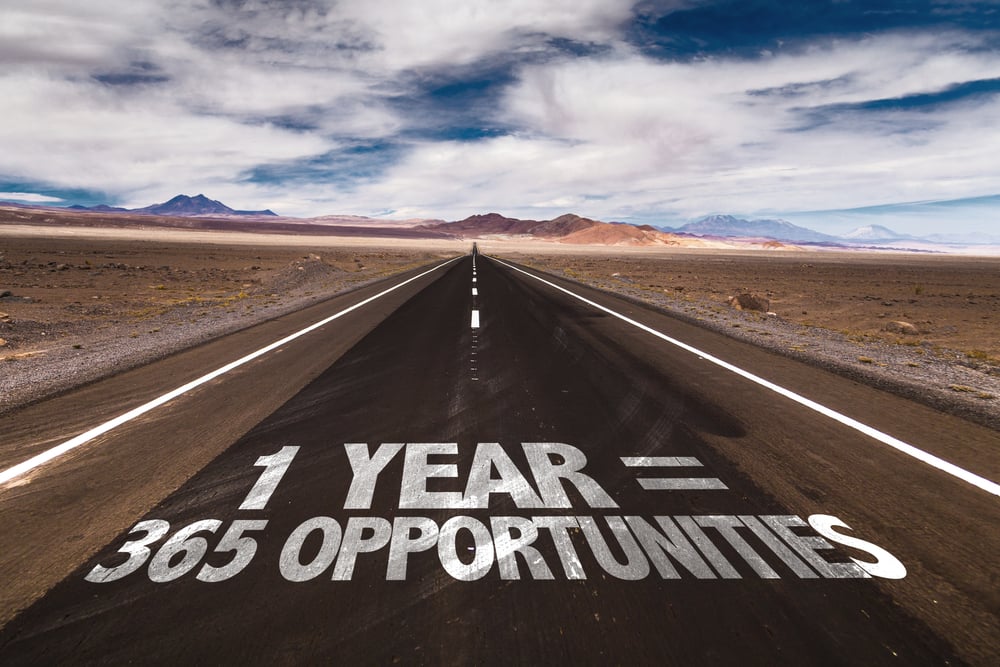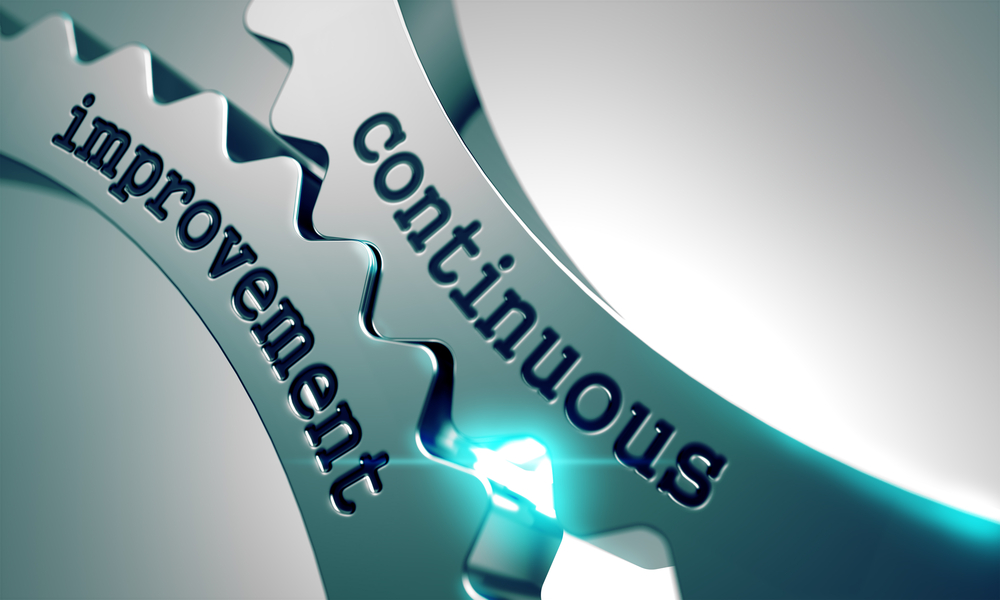The Untold Risk of Playing it Safe: Why Not Taking Risks Might Be Your Biggest Gamble
"Has anyone else in your family started a business?" a friend asked me as I recounted memories of building my lawn care business during community college.
"No. Nobody else in my family is really a risk-taker. I'm really the only one who takes risks - financial risks, career risks, etc." I replied.
But then I started to think: at what point is not taking risks an even greater risk?
You see, those who aren't risk-takers, see anything outside of the status quo as a substantial risk that should be avoided. Leaving a job to find a new one. Quitting a job to start a business. Building your own company. Investing in a stock/company you believe in that lies outside of the status quo (or against the consensus). Going to college could be a risk for someone who didn't go to college. Starting a business is a risk to someone who has never started one.
But the one missing component to the perception of most things being risks is that not taking any risks is a risk in and of itself. The risk of living a life within the realms of possibility, based on what other people tell you is possible, is risky.
To the risk taker, most risks aren't really risky at all.
When I invested in Tesla back in 2019, I put 10-15% of my net worth into the stock. I recalled conversations in 2014 with my college flatmates who were discussing buying the stock in 2013, and how much the stock had already returned a few years later, and from all my reasonable calculations, Tesla was going to be the leader in the electric vehicle movement. To me, that wasn't really risky - I figured in the worst-case scenario, it would underperform the stock market, and my 8-10% returns from picking the safer index funds might be cut to 5 or 6% with my stock pick. With $10-15K invested, it wasn't going to make or break me if that stock pick underperformed. Fast forward to today as I write this article, and those shares I still hold are up nearly 1,600%.
When I purchased my first rental property, it needed a ton of work, I was a first-time homebuyer, I knew very little about home renovations, and I borrowed $50K in a construction loan baked into my $250K mortgage. The house needed more work than I could have imagined, and there were plenty of headaches along the way between the work, the contractor, and the bank. At the time, it seemed like a risky investment. There was a reason the house didn't have any other offers and was sitting on the market, and I was the fool to buy it, taking on a sizable mortgage payment for a vacant property that needed a ton of repairs. Fast forward to today, and that property yields me roughly a 16% return on my invested capital each year, and has already appreciated nearly $130,000 in 3 years.
To me, these weren't risky investments at all. They were calculated risks with the probabilities in my favor. To the untrained eye, these decisions are risky and should be avoided. To the calculated risk-taker, these are bets with probabilities in your favor. You see, we may not always be right, but when the probabilities are in our favor, or when the upside far outweighs the downside, we take the calculated risk.
For those who may not be proficient in math, there is a concept called expected value that is worth a look. If we take my initial bet on Tesla with say, $10,000, and we break down probabilities, we can see if it makes sense to take the risk.
I could put the $10,000 into regular index funds, and have a near 100% probability of it returning 10% per year. In this scenario, I make $1,000. The expected value of this decision is $1,000.
Instead, I looked at Tesla as such:
There's a 10% chance the company goes to 0 and I lose my investment. In this scenario, I lose $10,000, 10% of the time.
There's a 30% chance it underperforms and returns 6% per year. In this scenario, I make $600, 30% of the time.
There's a 30% chance it performs slightly better than the market at 12% per year. In this scenario, we make $1,200, 30% of the time.
There's a 20% chance the company becomes a 100 billion dollar company and the stock doubles. In this scenario, I make $10,000, 20% of the time.
There's a 10% chance the stock grows 10X, and I turn $10,000 into $100,000 for a $90,000 profit, 10% of the time.
-$10,000 x 10% = -1,000
$600 x 30% = 180
$1,200 x 30% = 360
$10,000 x 20% = 2,000
$90,000 x 10% = 9,000
Total: 9,000 + 2,000 + 360 + 180 -1,000 = 10,540. The expected value of this decision is $10,540. Investing in this stock is a no-brainer.
There is still that 10% chance the stock goes to zero and I lose everything. Sure - that's the case. But when the odds are in your favor, you should make this bet EVERY SINGLE TIME.
Life is a game of probabilities, and you should play with the odds in your favor, and play to win. If you're making decisions and thinking they are not risky, I have a hard truth to share: everything has risk. Every decision you make has a certain set of risks associated with it. Stay in a job for too long because you "have job security"? You might risk leaving money on the table because the market is willing to pay you substantially more than your current employer.
Don't mistake the status quo as a way to avoid risk - it isn't, and it's arguably riskier than doing the math and playing with probabilities on your side.
If you've ever played poker, to the untrained eye, it's just gambling. But to the trained poker professional, it's a game of probabilities. If my estimated odds of winning a hand are 25%, the pot to win is $1,000, and my opponent bets $25, I have to determine if it makes sense to bet an additional $25 to potentially win $1,000 with a 25% chance of winning. That's a bet of 2.5% of the size of the pot, and my odds of winning are 25%.
If I fold, my chances of winning are zero.
If I bet 25, my odds of winning are 25%. 25% x 1,000 = 250. My decision to bet has a value of 250. The bet size has a value of 25. I would be a fool to fold this bet - even though the odds suggest I am going to lose 75% of the time.
These are just a handful of examples on how to think about and calculate risk so the odds are in your favor. As you read this, ask yourself: "Where am I taking risks in my life? Where am I taking risks without knowing that these decisions are risky?" And finally, remember that not taking 'risks' is a risk in itself, and play with the odds in your favor.
Like what you read? Please consider sharing with your network.



